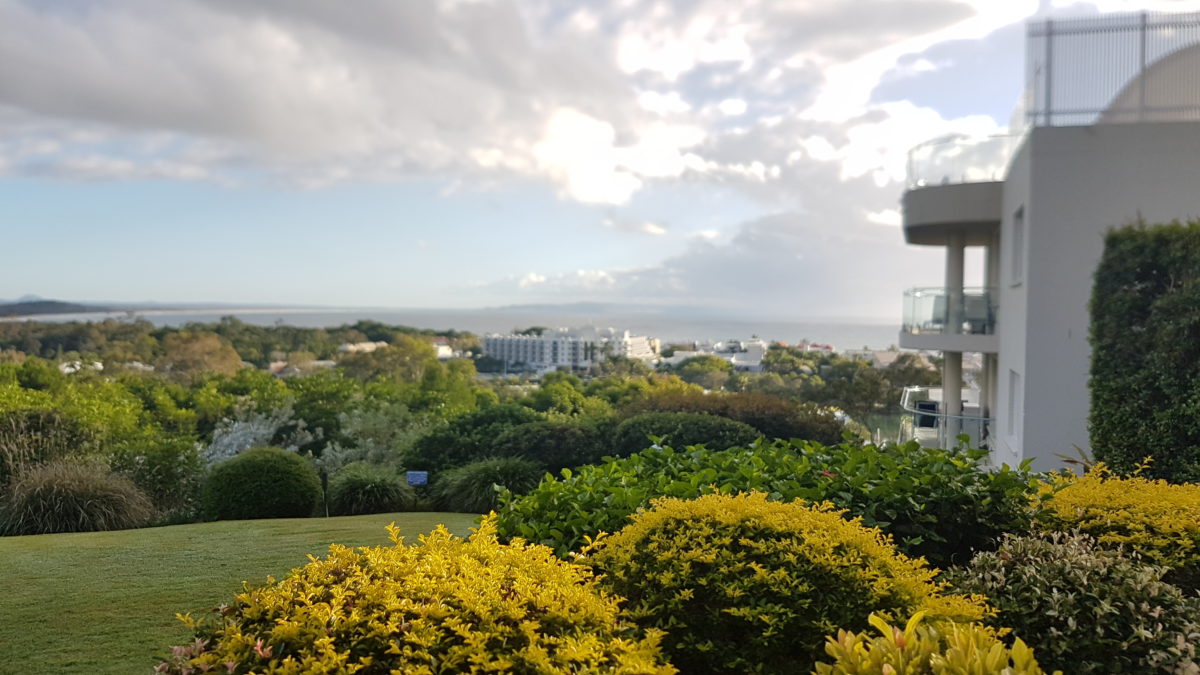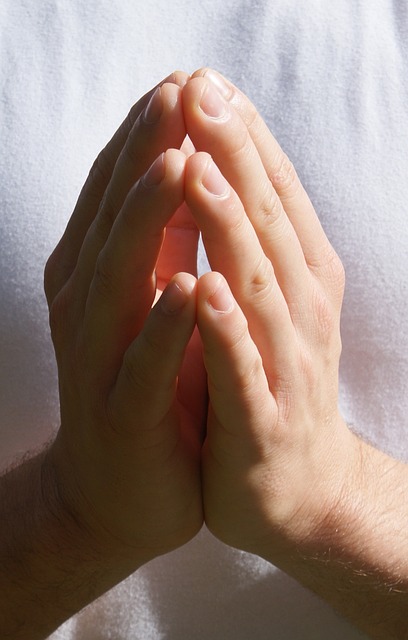When someone says or does something that hurts you or upsets you, you can jump to hasty judgments about the person – one hurtful event can precipitate your judgment that the person is superficial, thoughtless, vengeful, or any other derogatory assessment. Maintaining these thoughts enables you to justify your continual resentment about the individual.
In the previous post, I discussed how to overcome your hasty judgments through conscious breathing and noticing your thought stream. Here I want to explore meditation approaches to deal with the residual feelings of resentment, resulting from the hurtful words or actions of another person.
Noticing your thoughts and associated judgments
Building on the guided meditation provided in the previous post, it can be helpful to more fully explore your thoughts and associated judgments about a particular individual – basically, focusing more fully on your stream of thoughts about an individual which may be precipitating your negative feelings such as hurt, anxiety, anger or resentment. You can then follow your thought stream in relation to this person, e.g. “he is an attention seeker”, “a lazy person trading on his family’s influence”, “a troublemaker out to make life difficult” or “she is just another narcissistic person”. Having observed your thinking in relation to this “difficult” individual, you can explore the stereotype that you are accessing and note what limited information is shaping your hasty judgment.
Focusing on your feelings of hurt and resentment
The next step is to focus in on the feelings generated by your thoughts and judgments about the “difficult” individual. These feelings may be associated with an adverse interaction or a series of interactions. You need to name the feeling so that you can tame its intensity and its influence over your emotional state and your interactions with the individual (or your complaints to others about the individual). The challenge is to stay with the feeling and experience its intensity, while treating yourself with self-compassion, not negative judgment. What might be useful here is to use the R.A.I.N. meditation approach (recognise, accept, investigate, nurture).
Investigating your sensitivity
You might say by way of justification of your sustained resentment, that anyone in your position would have felt hurt. However, to maintain resentment towards an individual suggests a deep hurt born out of a specific sensitivity – such as feeling abandoned, abused, neglected or belittled in your past life (including in your childhood). As you identify and stay with the feeling of resentment, you can explore what in your past has given rise to your present emotions – what events or circumstances have increased your sensitivity in regard to the “difficult” individual’s words and actions. This requires a lot of personal honesty and what Brian Shiers describes as “granularity” in relation to your inner awareness. It is taking your meta awareness to another depth of self-understanding. Recognising these earlier influences on your reactivity will help you to understand your resentment and to sustain your self-compassion.
Exploring the other person’s perspective
In the heat of the moment of an adverse interaction, it is very difficult for you to see a conflict from the other person’s perspective. However, while you are developing your self-understanding through exploring your own sensitivities, you can explore the potential perspective of the other person and attempt to identify and understand the influences that may have shaped their perspective.
The Search Inside Yourself Leadership Institute (SIYLI) provides a three-step analysis of a conflict based on what is involved in any conflict, i.e. content, feelings, personal identity. Looking at the other person’s perspective from this angle creates the opportunity for understanding, tolerance and compassion. Mary Neal, in her book on her near death experience, makes the point that true compassion for another person flows from fully understanding the individual and the multiple influences that shaped that person’s perspective and behaviour. Some of these influences are socially constructed perspectives.
Understanding the ingrained impact of social conditioning
For example, Gina Rippon, a neuroscientist specialising in cognitive neuroimaging, maintains that there is no innate difference between a male and a female brain. In her book, The Gendered Brain: The New Neuroscience That Shatters the Myth of the Female Brain, she provides a compelling case that influences at play (such as family, society, work and education) create a “gendered world” which, in turn, shapes gendered brains through the process of brain plasticity which continuously creates and modifies our neural pathways. So our responses to stimuli are deeply wired in our brain and these embodied neural pathways can lead to unconscious, automatic reactivity. So, it is necessary to “know yourself” as well as to know the other, in order to clear away resentment and replace it with self-compassion and compassion for the other person.
As we grow in mindfulness through meditation on our thoughts, judgments, feelings and the influences shaping our reactivity (and that of other individuals), we can achieve a level of inner awareness and understanding that can reduce feelings of resentment and engender self-compassion and compassion for others.
____________________________________________
Image by Andi Graf from Pixabay
By Ron Passfield – Copyright (Creative Commons license, Attribution–Non Commercial–No Derivatives)
Disclosure: If you purchase a product through this site, I may earn a commission which will help to pay for the site, the associated Meetup group and the resources to support the blog.









